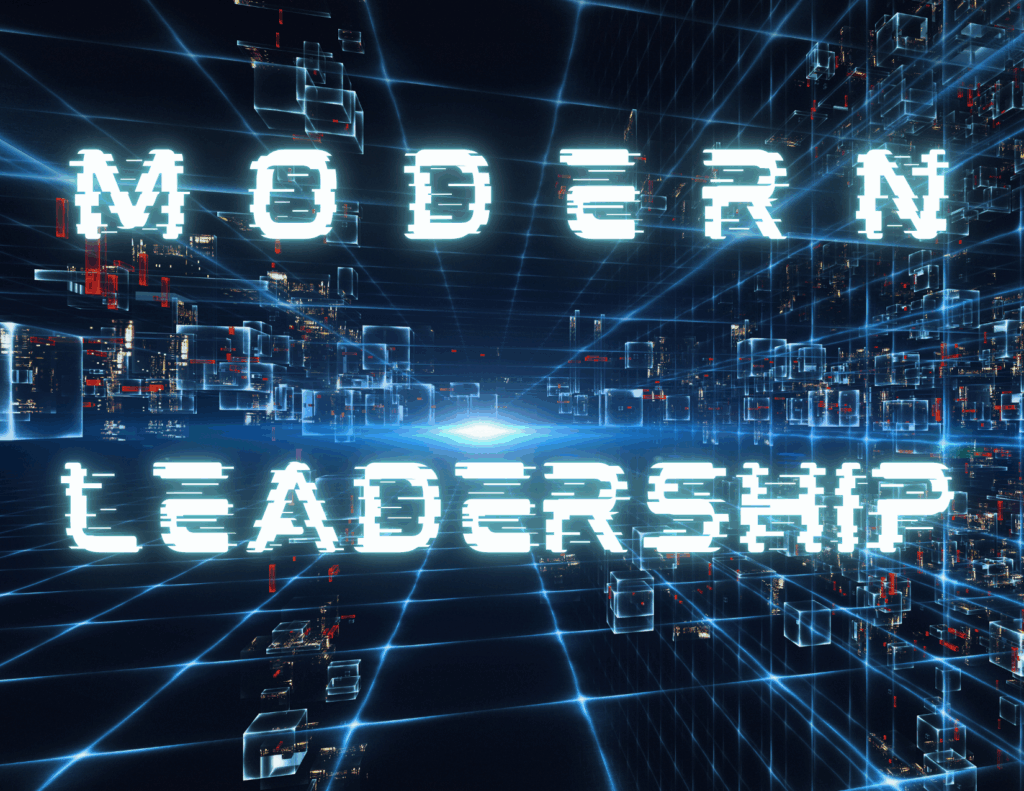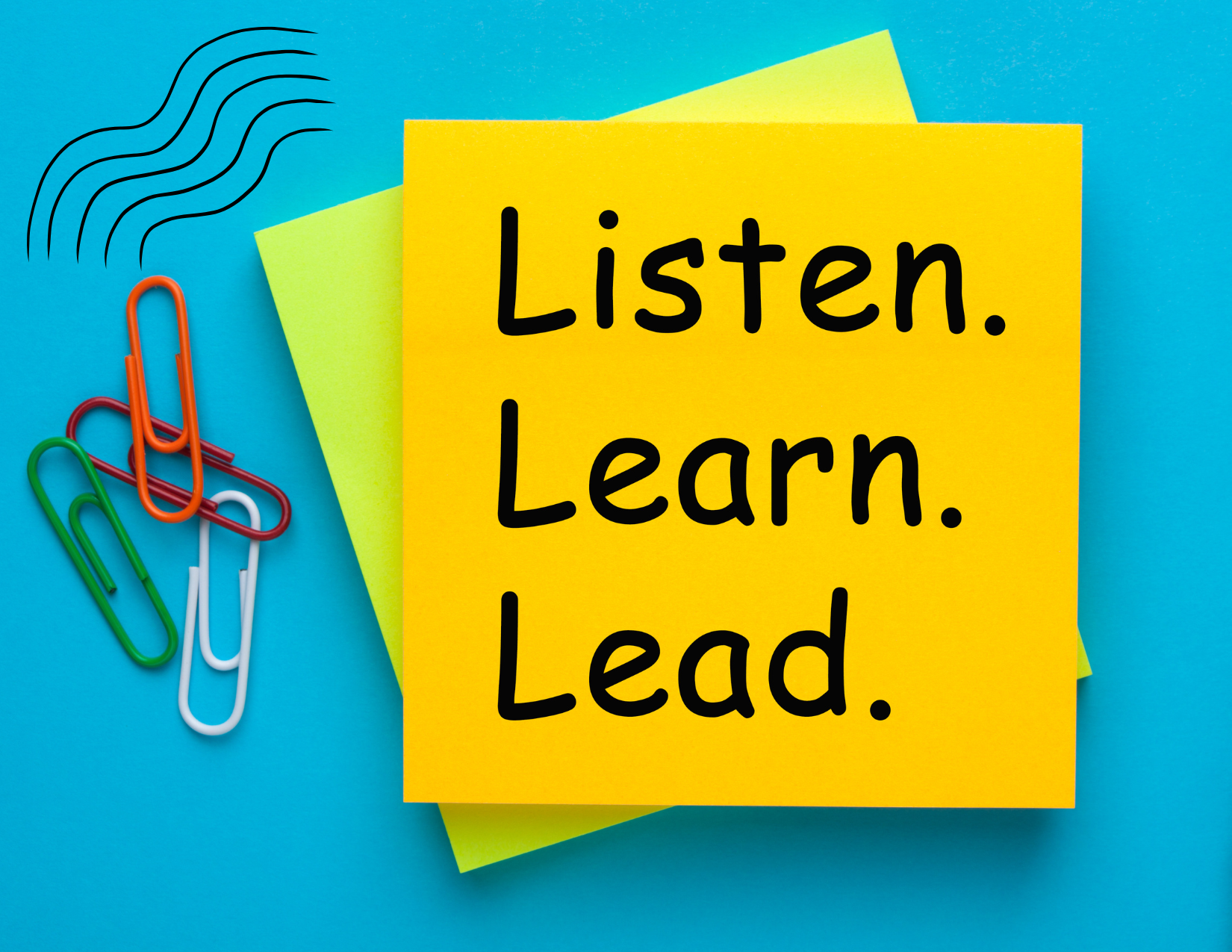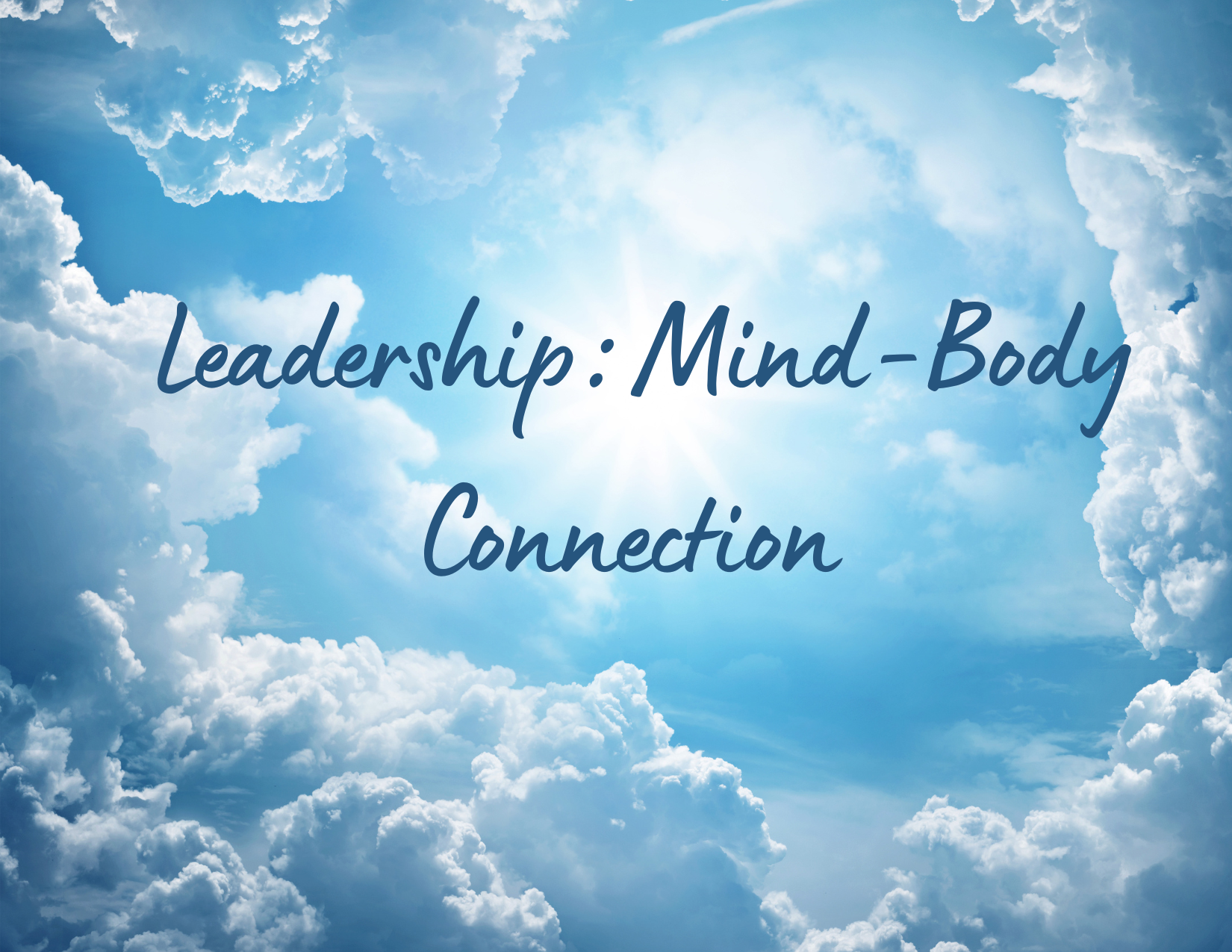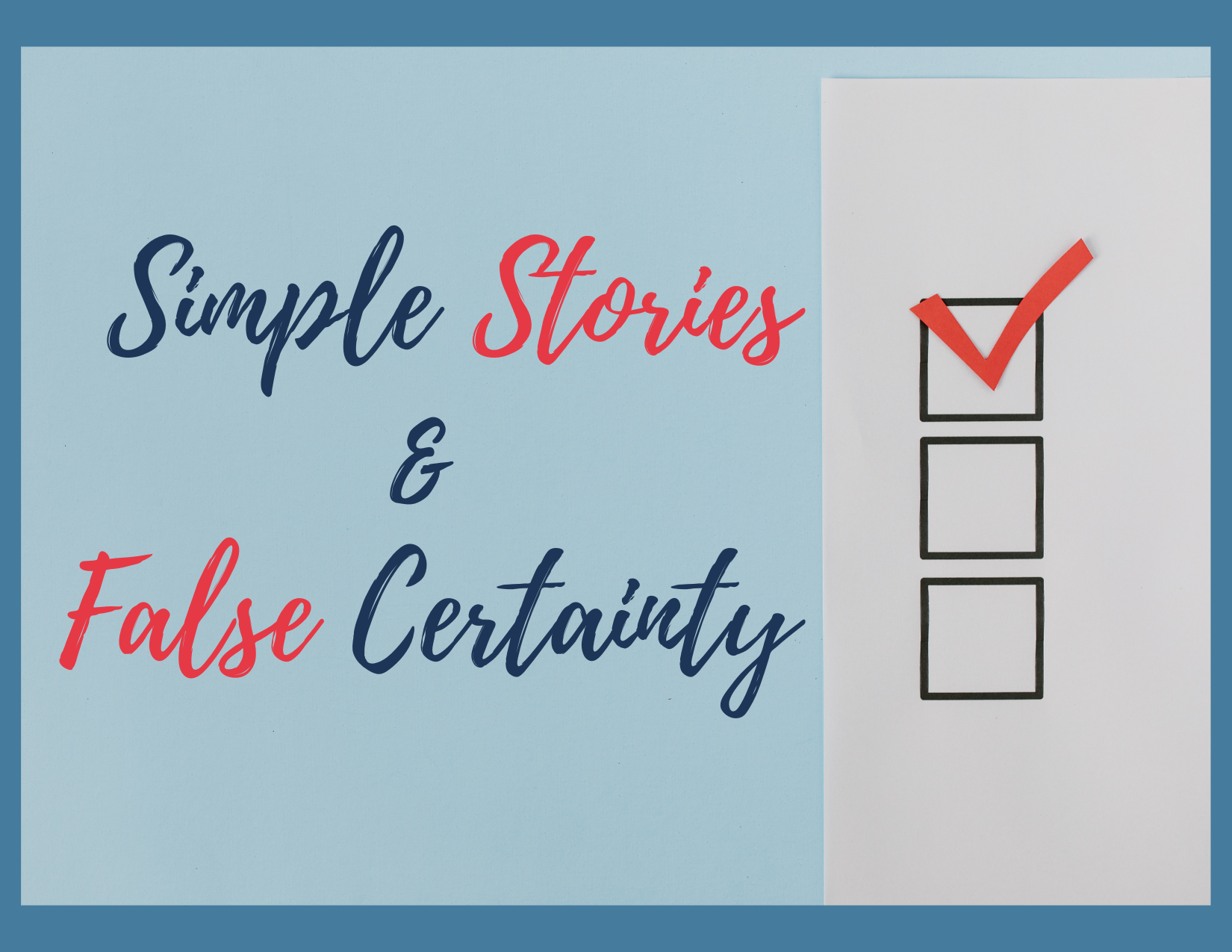Why the Future of Leadership is Less About Authenticity and More About Alignment
What exactly does authenticity mean in terms of leadership? Many books and articles written over the years have heralded that great leaders are authentic. That if we “bring our whole selves to work,” people will trust us, follow us, and feel safe.
Authenticity, however, has quietly become a buzzword with a bit of a blind spot. It can sometimes keep us trapped in our own narrative, defending personality over purpose, emotion over evolution. The truth is, you can be authentically misaligned, genuinely expressing parts of yourself that are outdated, reactive, or fear-based. Authenticity without self-awareness can become a permission slip for inertia, especially in the complexity of the modern workplace that requires leaders to pivot at a moment’s notice.
Alignment is Coherence of Self with Reality
Alignment looks inward and outward, whereas authenticity looks inward. Alignment begins with integrity but extends into resonance. It is about being faithful to your present truth. An aligned leader embodies congruence. They listen to the moment through the lens of their experience, data, their intuition, their team, and the subtle signals of the system. They ask, “Am I being coherent in thought, word, emotion, and impact?” Alignment transcends the self without erasing it. It is how wisdom, rather than personality, begins to lead, and that is a much higher order of leadership.
Alignment in a Complex World
In complexity, there is no fixed “authentic self.” We are all fluid beings shaped by the tapestry of our lived experience, context, emotion, and evolving awareness. The most effective leaders don’t cling to who they were yesterday; they allow themselves to be reshaped by what is needed today.
When you practice alignment, you don’t abandon authenticity; you refine it. Alignment becomes the bridge between self and system, between your deepest truths, your professional experience, and the collective reality that you serve. When you’re aligned, your leadership becomes less about control and more about coherence.
The Practice of Alignment
Alignment isn’t a personality trait; it’s a daily discipline. It asks:
- What part of me needs to be quiet so the whole can be heard?
- Where am I forcing instead of flowing?
- How do my values translate into behavior when the stakes rise?
The Shift from Self to System
True leadership flourishes when attention shifts from self as center to self as instrument within a larger living system. This is where alignment expands into systemic intelligence.
A system isn’t just the organizational chart; it’s the web of relationships, energy, culture, and unspoken dynamics that shape how work and meaning flow. Every system has its own rhythm and pulse. When leaders learn to sense that, noticing patterns, tensions, and emergent signals, they move from reacting to participating consciously in the system’s evolution.
System sensing begins with stillness. It requires pausing long enough to ask:
- What’s trying to happen here beyond my agenda?
- What’s being said, and what’s being withheld?
- Where is energy stuck, and where is it moving naturally?
Leading in a system means leading as part of a field, not a hero at the center, but a conductor of coherence. The aligned leader becomes attuned to feedback loops, invisible undercurrents, and emotional climates, guiding not by control but by calibration.
When leaders shift from self to system, they stop asking “How do I succeed?” and begin asking “What is the system I’m part of asking from me right now?” That’s the difference between leading from ego and leading from essence.
Alignment at this level doesn’t just build trust, it builds resonance. And resonance is what makes transformation sustainable.
Closing Reflection
Perhaps the next evolution of leadership isn’t about showing up as your truest self but about showing up as your most attuned self. Because when you are aligned with your values, your team, your purpose, and the moment, you don’t need to declare authenticity; people can feel it.
Reflective Prompts
- Where in your leadership do you feel most aligned, and where do you notice dissonance between knowing and doing?
- What practices (silence, journaling, walking, coaching, prayer, poetry) help you hear your own alignment signal most clearly?
- What is the system you are part of, and how does it communicate with you through people, emotions, patterns, or results?
- When tension arises in your team or organization, what might the system be asking you to notice or transform?
- How can you shift from asking “What do I want to say?” to “What needs to be heard?”
- Where might your alignment invite greater coherence not just for yourself, but for the whole?
Generative AI was used as a tool to co-create this article.







